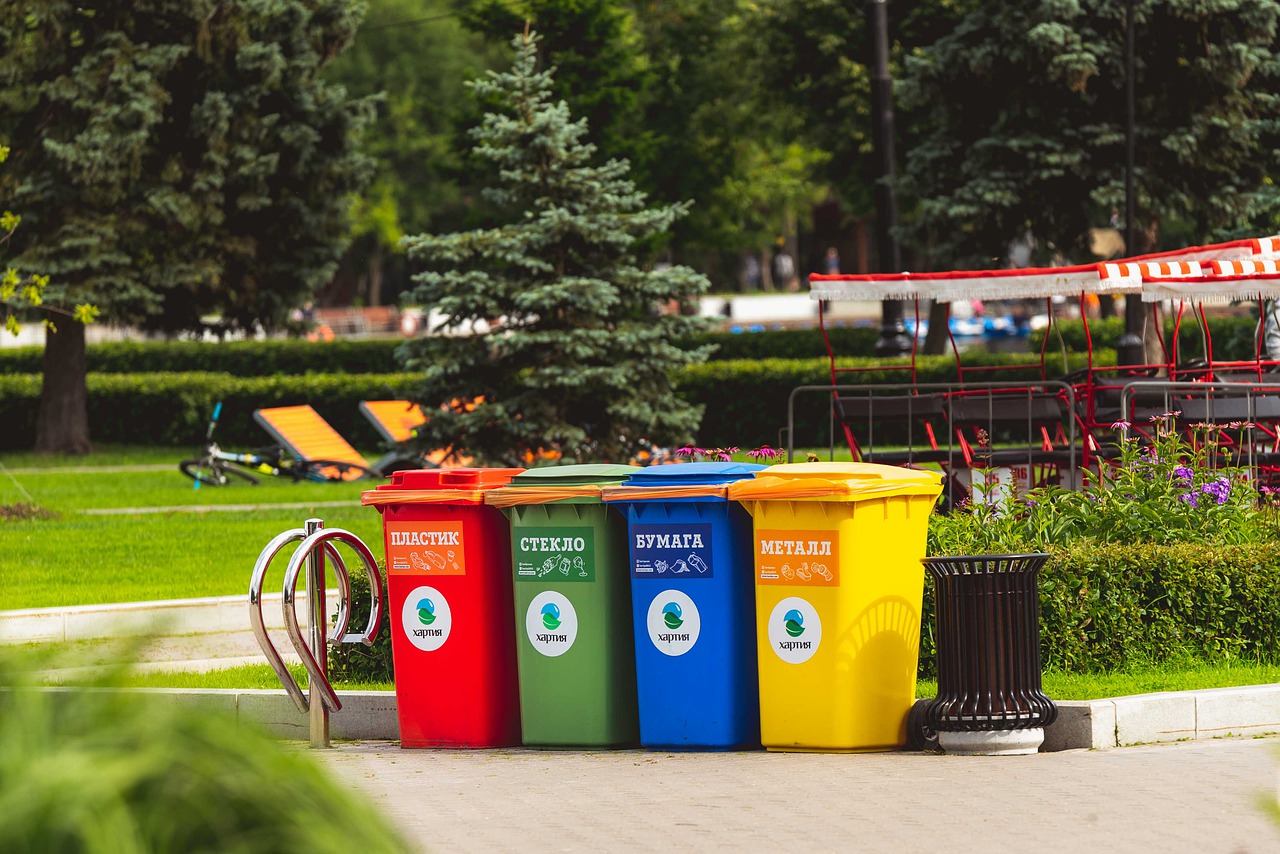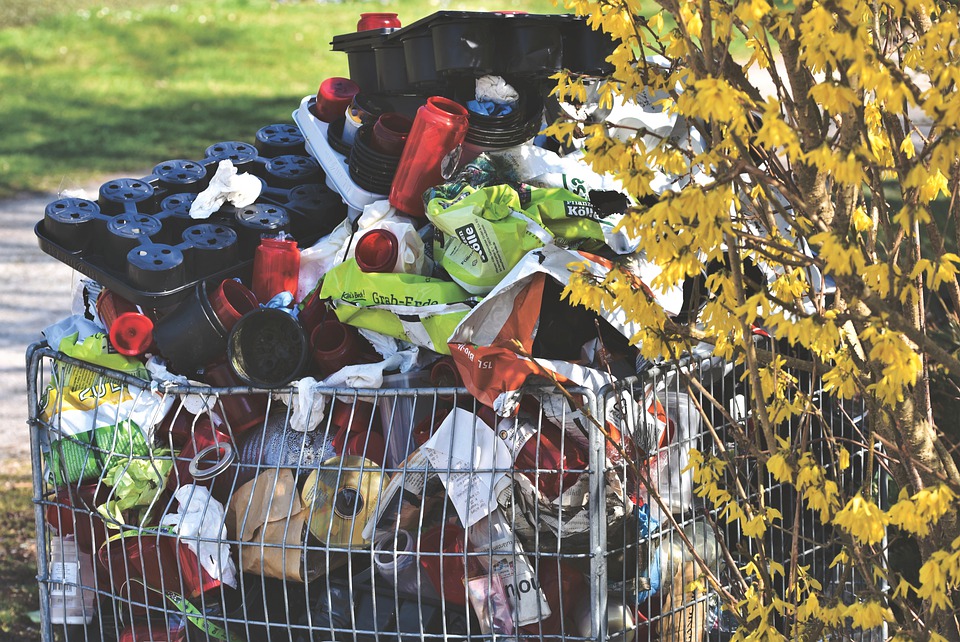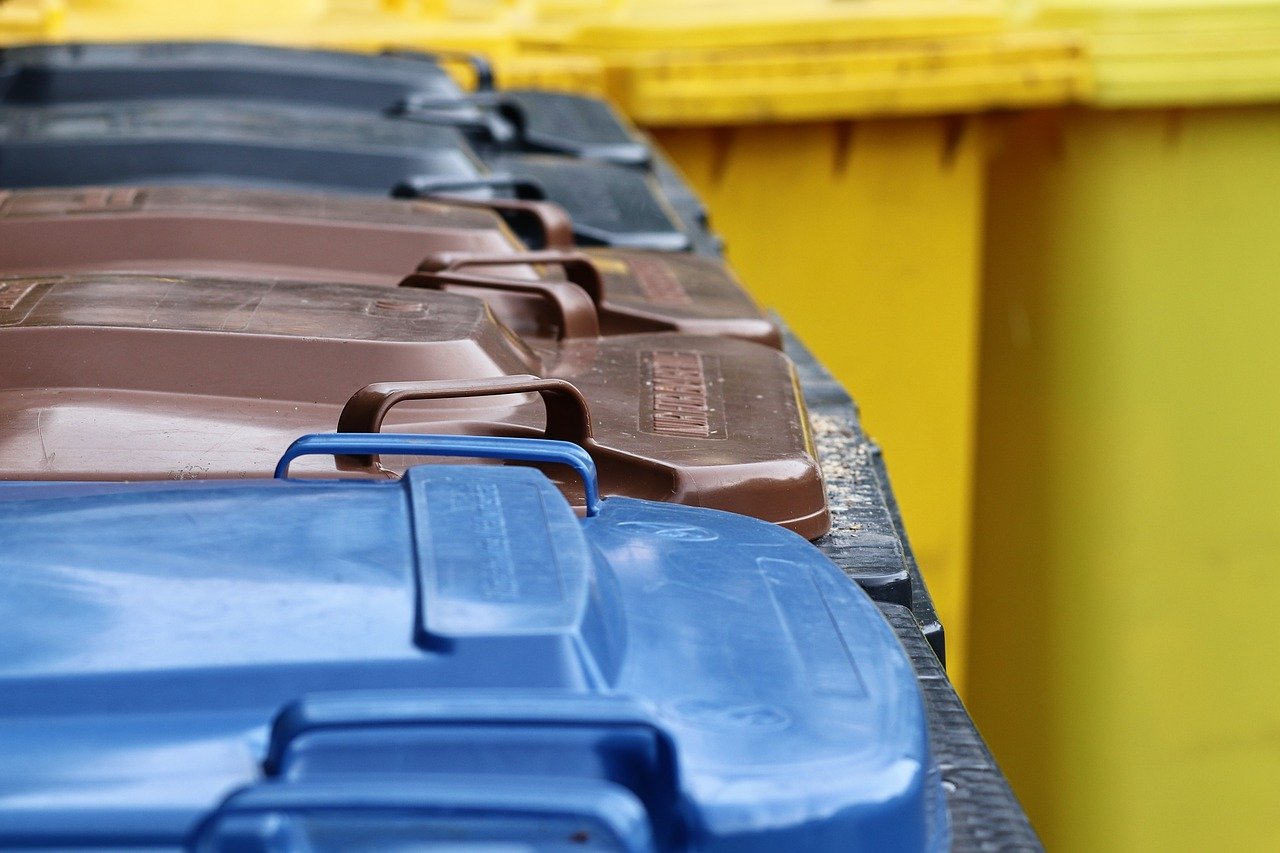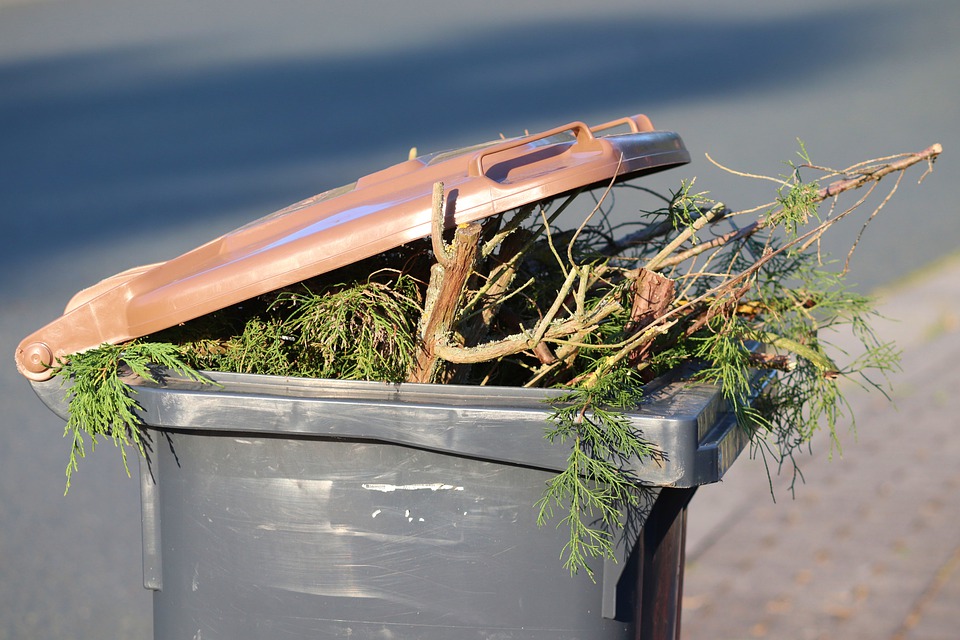Waste Management at Home - 3 Easy Steps to Waste Sorting
Waste management is of utmost importance nowadays. A great majority of the society cares about waste sorting and tries to perfect this matter - all because of the consciousness about the environment. It's worth noting that waste sorting is obligatory in many countries (for instance in all countries of European Union) and regulated by law. As the topic is highly important - it's good to know more about it.

Why sorting waste?
Waste management and sorting is the responsibility of every citizen. By scrupulous waste segregation, the recycling process is much easier and many elements can be reused. A great majority of the society is conscious about the fact that waste sorting helps with cleaning up the Earth and gives hope for a better life of future generations.
A proper waste management and segregation helps to:
- limit the contamination of water, beaches and earth,
- limit using natural resources, thanks to recycling processes,
- limit the costs of landfills management,
- improve the quality of life,
- source recyclable materials and reuse them,
- improve the ecological consciousness.

What does waste management look like nowadays?
Correct waste sorting practices should be the basis at every home. To make it possible, it is recommended to learn the rules of waste segregation, especially as they tend to change. Basically, every property owner in European Union is obliged to sort waste. To encourage it, many countries employed a strategy that if someone decides not to sort their waste, its collection simply costs more. For this reason, waste sorting is more economic and, therefore, more people care about it.
The charges have been implemented mostly because of the low level of consciousness among the citizens - in accordance with the official statistics, only 66% of the society practiced waste sorting.
Waste sorting - what are the recycling bins colors?
Waste management is usually based on five recycling bins. There is no single universal color code for them - it’s different across the world. Many European countries (e.g. Germany, Poland, Slovakia) have employed the following color code:
- blue - for paper,
- green - for glass,
- yellow - for metal and plastic,
- brown - for bio waste,
- black - for non-recyclable waste.

It’s important to pay attention while sorting waste. Waste management at home is only seemingly simple - in some cases, one has to reflect whether a particular object should be thrown into a particular recycling bin.
Glass ovenproof dishes are a good example. In theory, they should be placed in the green bin (according to the mentioned color code). In fact, this type of waste goes into the black container, along with other non-recyclable items.
Waste management - what to put in a bin bag?
Similar to recycle bins colors, many countries also use the same colors for the waste bags, so it’s easier to differentiate them at the later stages of waste management. Regardless of the color code, it’s highly important to know how to segregate the trash, so that waste sorting is actually effective. For instance, a paper recycling bin should contain only clean paper packages, cardboards, magazines, newspapers, notebooks. You shouldn’t throw in items such as:
- receipts,
- greasy paper bags.
A plastic and metal recycle bin is meant for crushed beverage cans and plastic bottles.
A glass recycle bin collects glass bottles and jars without caps. Sometimes containers are divided between transparent, brown and green glass.
A bio waste bin is meant for compostable items such as egg shells, coffee grounds, tea leaves and food scraps - but without bones, meat and grease.
A green waste bin collects waste from your garden - cut grass, dry leaves, fragmented branches and scobs.
A mixed waste bin collects everything that cannot be recycled. But keep in mind that you cannot throw debris, paint leftovers, batteries, light bulbs and expired drugs in them.

How to dispose of electronics, light bulbs, expired drugs or styrofoam?
Changing waste management regulations might cause a lot of confusion and make waste segregation quite tricky. There are certain problematic types of waste such as:
- batteries,
- light bulbs.
Batteries and light bulbs both fall into the so-called e-waste category. Such waste cannot be thrown in the standard recycling bins. For this reason, local governments designate special e-waste collection points.
Light bulbs one can find in lamps - LED bulbs, in particular - are subjects of the manufacturer’s warranty. If they burn out before the warranty expires - just return them to the store along with the receipt so that you can get a replacement. Additionally, some lighting stores offer special containers where you can dispose of old LED light bulbs.
It’s the same story with batteries. Some stores collect old batteries - look out for special containers.

Expired medications cannot land in regular bins either. One should take them to a drug store. Clean styrofoam can be thrown into a plastic and metal recycling bin. If it’s dirty, put it into the mixed waste bin.
If you are renovating your home and already know you will generate a lot of waste such as e.g. styrofoam - consider ordering a special container for construction waste. Remember to follow the law regulations.
Kitchen waste segregation - what to do with eggs and yogurt containers?
Kitchen waste sorting might be problematic. Some people wonder what to do with egg shells. How to recycle this type of waste? In accordance with the regulations - kitchen waste such as egg shells go into biodegradable recycle bin.
Used coffee grounds should be placed in the same container. Meat and bones are the only exceptions when it comes to kitchen waste - they go into the mixed recycling bin.
A yogurt packaging, if it’s plastic, goes into a plastic and metal container - but only if it’s clean. Otherwise, it goes in the mixed waste bin. So, if you ate a yogurt - rinse the packaging before throwing it away.

Bulky waste management - how to dispose of large items?
Bulky waste is, in other words, any waste that is too large to dispose of normally. It is, for example:
- old furniture,
- bikes,
- pushchairs,
- old large-sized toys.
As for this type of waste, every town or a district of a large city has a bulky waste collection schedule. Typically, the waste is left outside the property or by the bin shelter, so that it can be picked up by waste collectors.
Waste management life hacks - how to recycle at home and make life easier?
Waste segregation at home can be much more pleasant and easier if you follow certain rules. First of all, make sure to get special recycling bins. They not only help with waste sorting, but also typically come with special symbols and even instructions on what goes where.
Before throwing out a food container, make sure to clean it thoroughly. Make sure to dispose of bio waste and glass without any plastic bags. If you sort plastic and glass bottles, make sure to remove caps. Plastic bottles and metal cans can be crushed - this way, they use up significantly less space.

📍 How to recycle at home?
Make sure to segregate waste in accordance with all rules and regulations - into different containers and bags. Pay attention to what goes into which bin. They differ in color for easier waste management.
Featured articles




